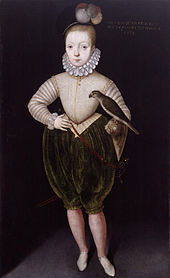"Mexico: A revolution in Art : 1910-1940 at the
Royal Academy in London is not the survey its title suggests. It is more like a visual version of the children's game, Pin the Tail the Donkey. There is a little of this and a little of that; a random, scatter shot selection.Too often an artist is represented by a single work. Paintings by Mexicans and mixed together with those of foreigners. The big names are here but usually not their best works:
Frida Kahlo, currently the most famous Mexican artist among foreigners, is represented by a single oval miniature. It is a fine, expressive work but it feels more like a box ticked (she could not be left out) than an example of her achievements. The same applies to works on view by
Rivera,
Siqeieros,
Orozco and Tomayo. So the show does not add up to much but neither is it a waste of time. For example, two large watercolours by the English artist
Edward Burra (1905-1976) are powerful and arresting .
El Paseo, 1938 (below), from a private collection,makes you feel the heat, sensuality, presence of death which must have seemed intoxicatingly exotic, alluring and frightening --to a him as a foreigner. Burra's
Mexican Church 
(left) painted the same year will surprise even regular visitors to London museums. It belongs to the
Tate but never seems to be on view. There is a faux- naive quality to these sophisticated paintings. In the works of Mexican artists in this show, folklore seemed to be more deeply felt even if like
Roberto Montenegro, they lived in Paris before returning home to work.Just have a look (below) at his
Mayan Women of 1926:

My favorite painting is
Jose Chavez Morado's 1939
Carnaval en Huejotzingo. (Below).
Why? I am not really sure. I feel it is like a dream where everything is out of the ordinary yet the result is an harmonious image of great tranquillity. It makes me want to see more of Morado's work.

The Mexican and foreign photographers whose work is on view seem to have had more in common aesthetically than the painters. Maybe that's a way of saying that there is not the same impression of marked originality. Or maybe they saw more of each others work and were able to steal from each other more comfortably. Anyway for me, already familiar with the photographs of
Tina Modotti,
Edward Weston and
Henri Cartier Bresson, the photographs of
Manuel Alvarez Bravo have the greatest impact. At first sight I immediately wanted to own his 1931
Lords of the Dance (below).

The show continues until 29 September.

